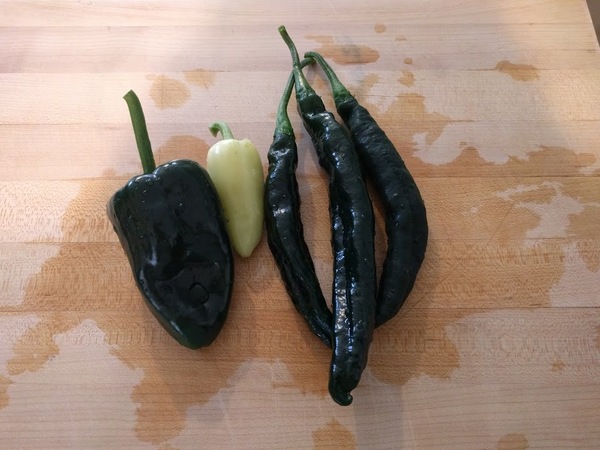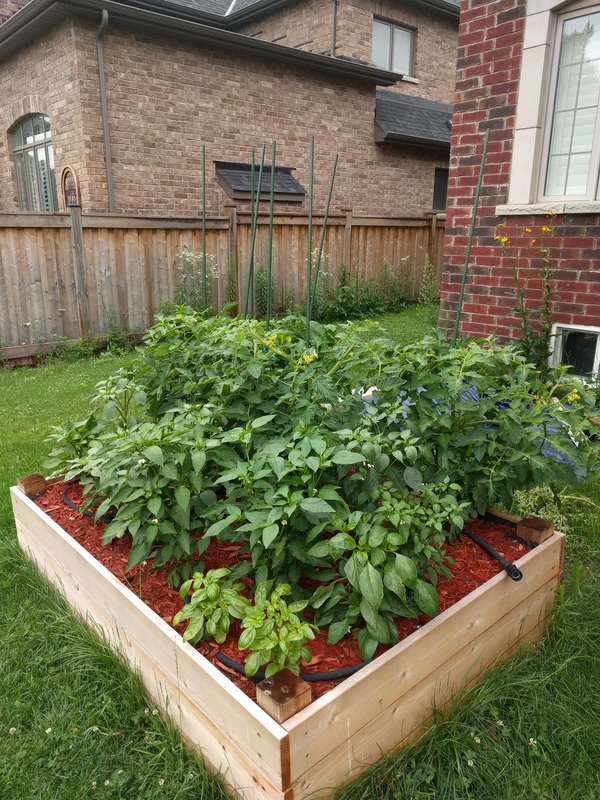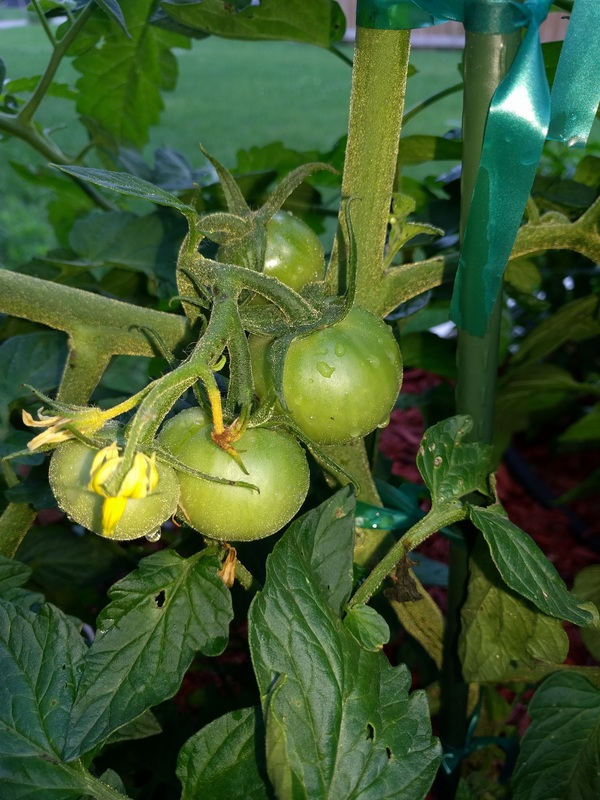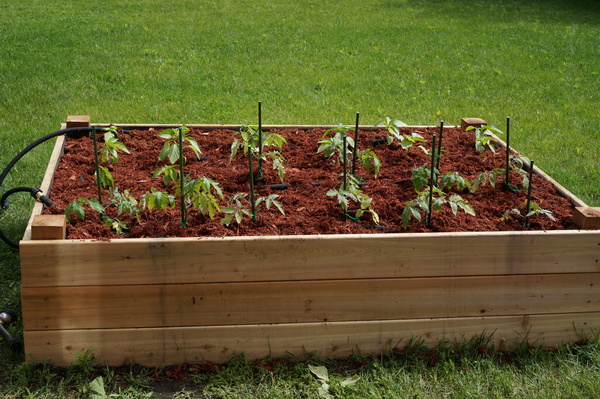2018 is finally upon us, and now is the time one would usually look back at the wonderful events of the previous year, and look forward to what great things one might accomplish in the next.
Instead of that, I’ll just write a meandering blog post.
In 2017, I leveled up on pizza and bread making, capturing and raising my very own colony of hyper-local, non-GMO, swimming-in-gluten yeast. The colony still thrives as it approaches its first birthday, and has fed us many delicious loaves. I think I have the basic no-commercial-yeast dough down now, so it is time to start tinkering with the bulk fermentation and proofing times to get different flavors and textures out of the bread.
Speaking of cooking, after 20-something years of preparing the same three proteins with not so much variation, I feel like I could use more inspiration in the kitchen. So I’ve started working my way through an Asian cookbook someone gave me for Christmas. Tip: homemade Thai sweet chili sauce (using peppers from our garden) turns out to be amazing on roast beef and aged cheddar sandwiches. Who knew?
We’re still working our way through the garden vegetables in the freezer, so I can say that the garden worked out and I will have to do it again this year. This time I probably won’t plant so many tomatoes right next to each other, and I think I’ll select pepper varieties rather than doing a mixed seed blend. I might play around a bit with controlling irrigation through an SBC or some such just to bring some nerdiness to the party.
Six years into my consultancy, things are going well enough, but this year I may start looking around for the next big gig. Lately I’ve been doing mostly infosec work and it is ridiculously draining in the age of we-can’t-even-get-hardware-right. If you’re one of the three people reading this and whose programming team needs an old, feel free to reach out. Bonus points if you are working in a language that has a compiler, and infinity points if you are sending code into space.
The crossword construction hobby grew a bit in 2017, culminating in my submitting a crossword to the NYT for publication. That one will probably get rejected, but even so it was fun to make (and perhaps as fun making the software to make it). I think with just a bit more practice and some theme inspiration, I’ll have the hang of this nascent hobby. Meanwhile, my javascript puzzle solving SPA is getting used in a few more places, including on some commercial puzzle sites; I hope that trend will continue.
Of course the biggest news in 2017 was growing our family once more. In addition to the usual resolution to be the best parent I can be to Alex, Ian, and now Sam, I also hope we can get more sleep in 2018. That would be kind of great.






